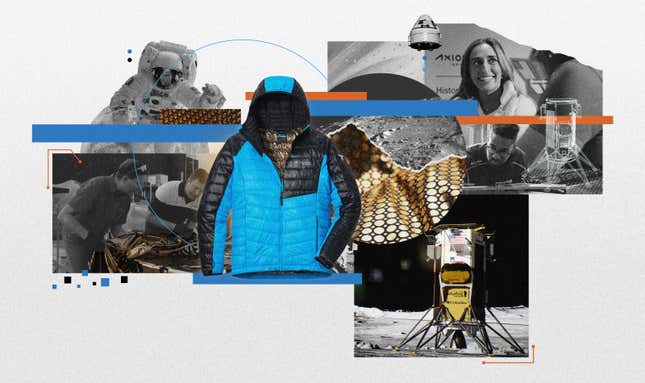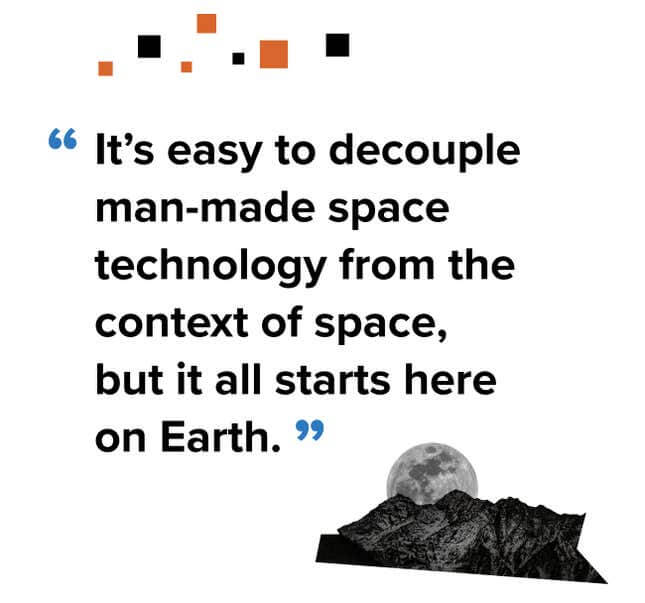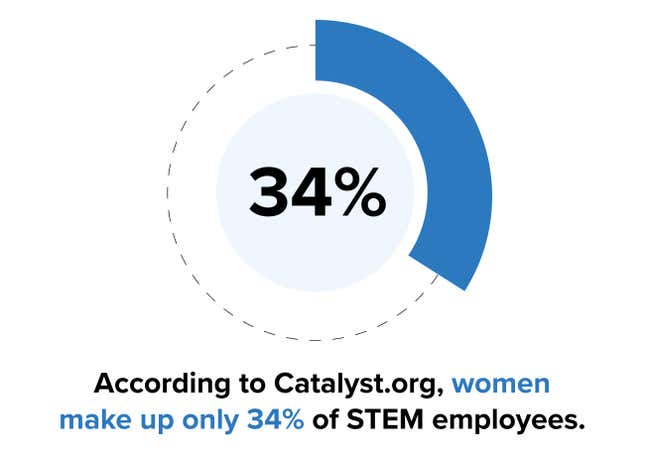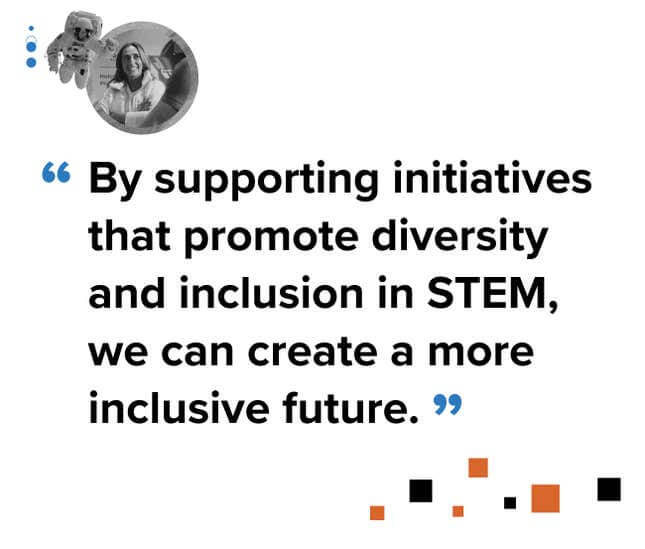How a Sportswear Brand is Joining Forces With a Space Startup to Send Technology — and Eventually Women — to the Moon
Columbia Sportswear invents textiles for Earth’s most extreme climates. Now, they’re using their resources to advance space exploration and women in STEM.
Style

Over time, space exploration has led to many innovations here on Earth, from infrared ear thermometers to memory foam mattresses to invisible orthodontics. Later this year, an earthly invention will repay the favor.
This spring, Houston-based Intuitive Machines will send its Nova-C lander to the surface of the moon carrying NASA payloads, marking America’s first lunar surface visit in more than 50 years. Carrying a ground-breaking camera system called the EagleCam CubeStat, the Nova-C will capture its own descent on the moon’s surface, making these photos the first third-person view of any extraterrestrial touchdown in history. These images will be transmitted back to Earth via Intuitive Machines’ Lunar Telemetry and Tracking Network (LTN).
But that’s not all. This voyage will also send Columbia Sportswear’s Omni-Heat™ Infinity fabric to outer space for the first time. The shimmering gold lining — the same one used in Columbia’s jackets, vests, and boots — will help protect the sophisticated machinery from the moon’s extreme temps, which fluctuate from +250 degrees to -250 degrees. “In thermal modeling, we found that Omni-Heat Infinity provides our lander a benefit for heat reflection when used as a panel covering,” says Intuitive Machine’s Senior Mechanical Engineer Josh Bluth.
Although the upcoming Intuitive Machines and Columbia moon lander mission will not carry any passengers, the project still keeps the astronauts of tomorrow in its sights. To encourage more women to enter the field of astrophysics and aerospace engineering, Columbia and Intuitive Machines have each contributed $100,000 to form the Intuitive Machines and Columbia Sportswear Advancing Women in Technology Program, which will provide a group of female students in STEM-related fields with scholarships and fellowships across the undergraduate and graduate programs at Florida’s Embry-Riddle Aeronautical University.
To learn more about this multifaceted collaboration, we spoke with two experts—Columbia’s VP of Innovation Haskell Beckham and astrophysics PhD student and aspiring astronaut Sarafina Nance—about what this project means for the future of apparel, women in STEM, and space exploration at large.

A Partnership Written in the Stars
As a textile scientist with a PhD in chemistry and a concentration in polymeric materials, Beckham says the partnership with Intuitive Machines was a moment of stars aligning. “There’s a lot of unexpected synergy between Columbia and Intuitive Machines that makes this mission a mutually beneficial collaboration,” Beckham says. “We had the materials to help insulate the lander, but we were also motivated by any insights from the mission that could lead to future innovations.”
Twelve years ago, Columbia Sportswear was inspired by NASA-engineered space blankets to create the original Omni-Heat material — a silvery thermal reflective lining composed of tiny aluminum dots, which would ultimately become the company’s most successful technology. Then in 2021, Columbia launched the next iteration of the tech: Omni-Heat Infinity, that features major upgrades in heat retention while maintaining breathability.
By mixing small and large dots on the fabric, Beckham and his team were able to upgrade the fabric’s reflective aluminum surface content to 50-60%, making it even warmer than ever before. To distinguish the latest lining’s appearance, Beckham and his team of engineers then tinted the protective covering on the aluminum dots an undeniably luxe gold.
This partnership also felt written in the stars for Nance, especially when it came time to visit the Intuitive Machines headquarters. “It was so surreal to see and touch something that will be launching off this planet into space, then landing on the moon,” Nance says. “It’s easy to decouple man-made space technology from the context of space, but it all starts here on Earth.”
-

-

-

-

-

-

-

-

-

-

-

-

-

-

-

-

-

-

-

-

-

-

-

-

-

-

-

-

-

-

-

-

-

-

-

-

-

-

-

-











































